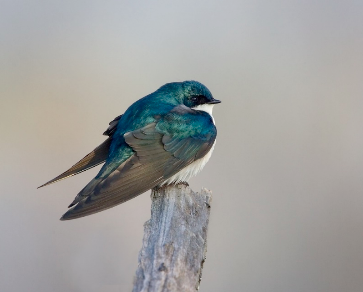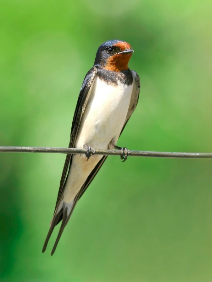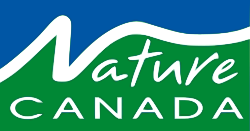Nature Canada’s Save our Swallows Campaign & Survey
Posted: June 18, 2019
Categories: GoodFoodBites
article submitted by Nature Canada:
 Nature Canada launched a Save Our Swallows campaign in 2018, thanks to two years of generous funding by the Ontario Trillium Foundation. There are six species of swallows that regularly breed in Ontario: Tree Swallow, Barn Swallow, Bank Swallow, Cliff Swallow, Northern Rough-winged Swallow & the largest of the swallows, Purple Martins. Swallows, much like other aerial insectivore birds including the swifts, the nightjars and some of the flycatchers, are undergoing rapid population declines, which dates back to when widespread monitoring of bird populations first started around 1970. Due to their dependence on flying insects as their only source of food, swallows are good indicators of their environment as their populations respond to changes in insect populations.
Nature Canada launched a Save Our Swallows campaign in 2018, thanks to two years of generous funding by the Ontario Trillium Foundation. There are six species of swallows that regularly breed in Ontario: Tree Swallow, Barn Swallow, Bank Swallow, Cliff Swallow, Northern Rough-winged Swallow & the largest of the swallows, Purple Martins. Swallows, much like other aerial insectivore birds including the swifts, the nightjars and some of the flycatchers, are undergoing rapid population declines, which dates back to when widespread monitoring of bird populations first started around 1970. Due to their dependence on flying insects as their only source of food, swallows are good indicators of their environment as their populations respond to changes in insect populations.
The Save Our Swallows campaign aims to halt long-standing declines of Ontario’s swallow populations by mobilizing communities and constituencies to take action to help recover populations of these beautiful and once numerous inhabitants of our province. There are three main aspects of this campaign:
- Monitoring and protecting swallow and martin post-breeding roosts along the southern Great Lakes;
- Improving Purple Martin breeding habitat; and
- Working with rural residents and farming organizations to improve environmental conditions for swallows in rural landscapes.
Action Plan:
Nature Canada has developed resources to help guide you to become better stewards for Ontario’s swallows and grassland birds. To download these resources, please visit https://naturecanada.ca/animals/resources/.
- Beneficial Management Practices – A resource that provides accurate stewardship guidelines to provide the best conditions for all six of Ontario’s swallows on your property during their breeding season. It also includes housing structure design plans for Barn Swallows, Purple Martins and Tree Swallows.
- Beneficial Plant List – A list of plants that are native to Ontario that can grow on any property with frequent occurrences of swallows. Creating a reserve on your property to grow these native plants can increase insect production to support swallows and other aerial insectivores.
- Countryside Guide to Helping Swallows, Bats, and Other Birds – An attractive poster detailing easy to implement, day-to-day stewardship actions for farmers and rural residents to make their property safer for at-risk bird and bat species.
- Managing Hay and Pasture to Benefit Grassland Birds – Describes the perils our grassland birds face and provides bird-friendly advice relating to hay management, cow-calf operations, farm landscapes and alternative grass crops. Includes information on funding programs available to farmers and rural landowners.
 Survey:
Survey:
Nature Canada has created a short online survey that takes about 10 minutes to complete. We would greatly appreciate your participation to tell us about your practices and knowledge about swallows. So far, over 250 farmers and rural residents have completed the survey but the goal is to triple that to have a large enough sample to understand the challenges and opportunities for helping these species. By completing the survey, you will be entered into a draw to win a modern T-14 Purple Martin housing unit, as well as one of 50 Nature Canada’s 2019 or 2020 calendars!
To participate in the survey, please visit https://www.surveymonkey.com/r/5G37YBD.
For more information on the Save Our Swallow campaign, please visit https://naturecanada.ca/SOS.
 About Nature Canada:
About Nature Canada:
For nearly 80 years, Nature Canada, one of the oldest national nature conservation charity in Canada, has helped protect over 63 million acres of parks and wildlife areas in Canada and the countless species that depend on this habitat. Nature Canada has been connecting Canadians to nature, while persistently working to conserve and protect wildlife and their habitats by working with people and advocating on behalf of nature. With our network of over 90,000 members and supporters, along with over 750 local and regional groups, we work at all scales to protect and conserve nature in Canada.
